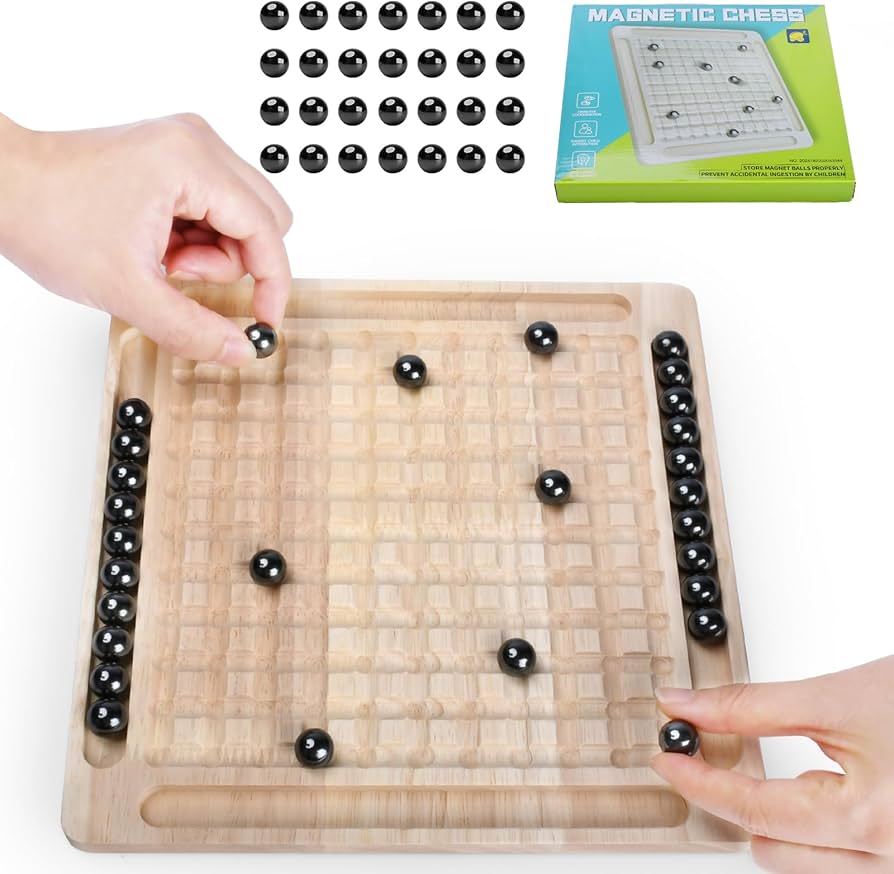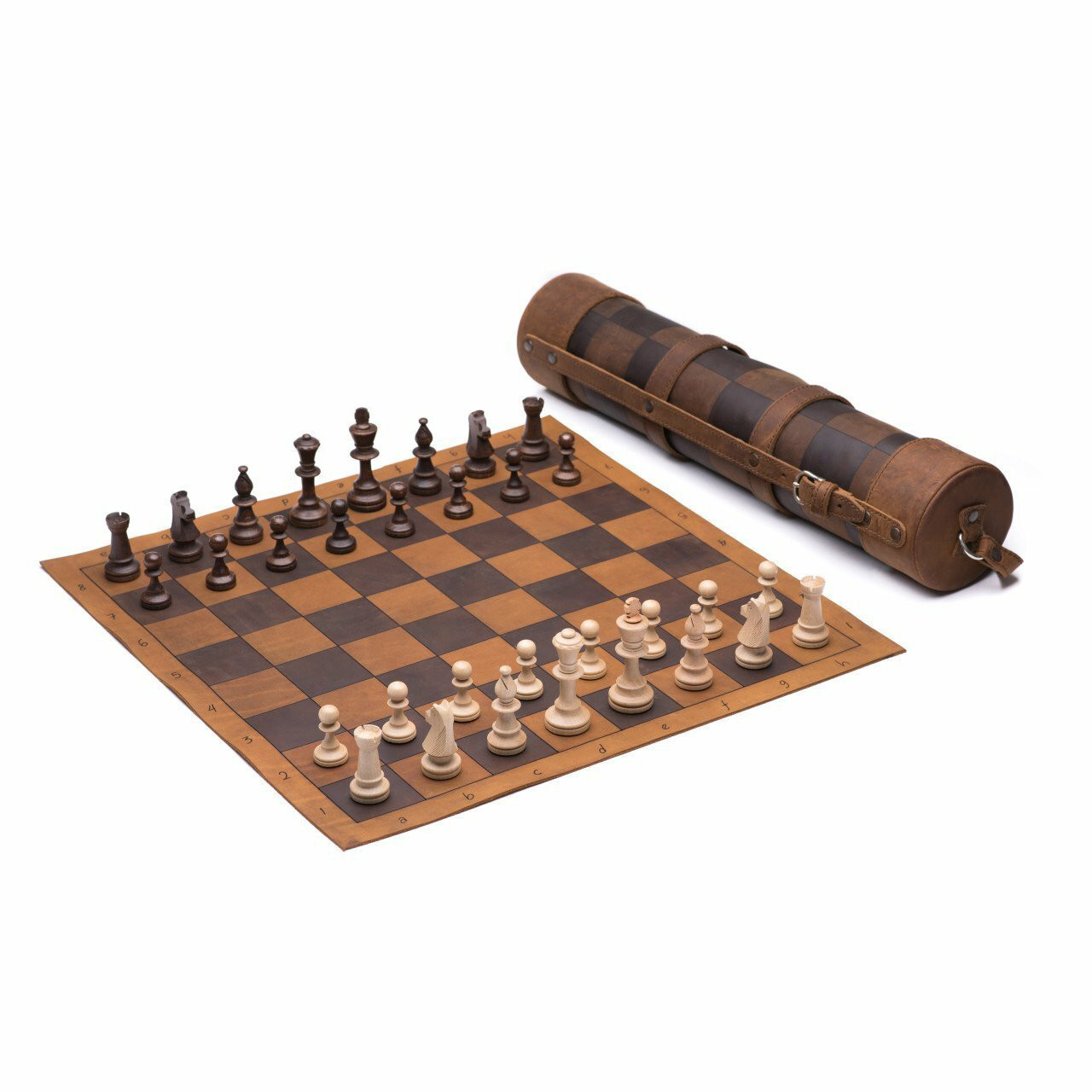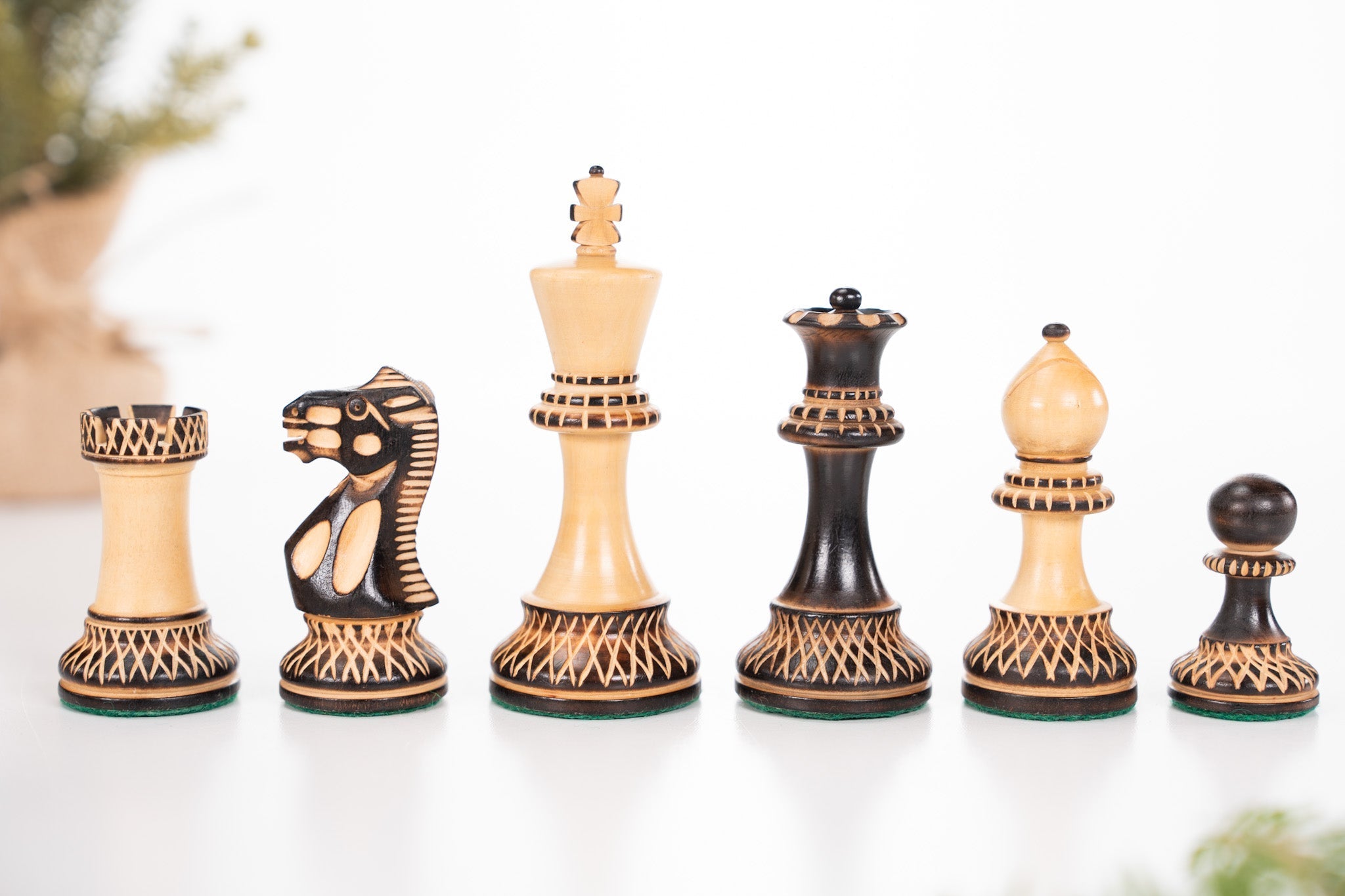Chess is a game of strategy, where players must make tactical decisions to outsmart their opponents. One of the key elements in chess is sacrificing pieces to gain an advantage. Sacrifices can be risky but can also lead to significant rewards if executed correctly. In this article, we will explore some of the most common sacrifices in chess and how they can impact the game.
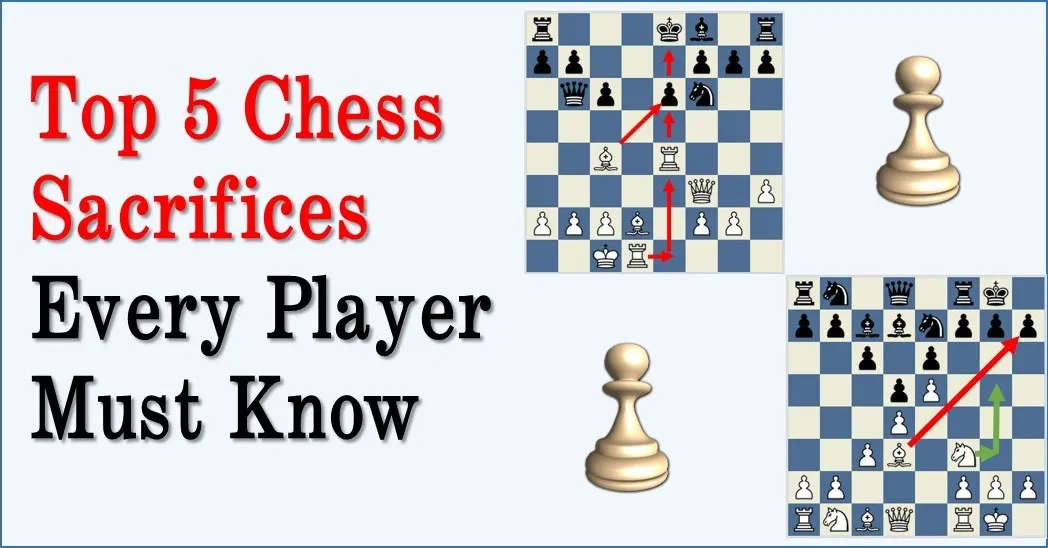
Credit: thechessworld.com
1. The Queen Sacrifice
Sacrificing the queen, the most powerful piece on the board, is a bold move that can change the course of the game. Players often sacrifice their queen to create a winning position or to deliver a checkmate. While sacrificing the queen is a risky move, it can be a game-changer if done strategically.
2. The Knight Sacrifice
Knights are versatile pieces that can be sacrificed to gain a tactical advantage. Sacrificing a knight can disrupt your opponent’s position, open up lines of attack, or create threats that force your opponent to make unfavorable moves. A well-timed knight sacrifice can catch your opponent off guard and lead to a winning position.
3. The Bishop Sacrifice
Similar to knights, bishops can also be sacrificed to create opportunities on the board. Sacrificing a bishop can lead to opening up lines for your other pieces, controlling key squares, or launching a decisive attack. Bishops are valuable pieces, so sacrificing one requires careful consideration, but it can pay off handsomely if it leads to a winning position.
4. The Rook Sacrifice
Rooks are powerful pieces that can control files and ranks, making them valuable assets in the game. Sacrificing a rook is a bold move that can create threats, open up lines of attack, or pave the way for a decisive checkmate. Rook sacrifices are often used in combination with other pieces to create a winning position.
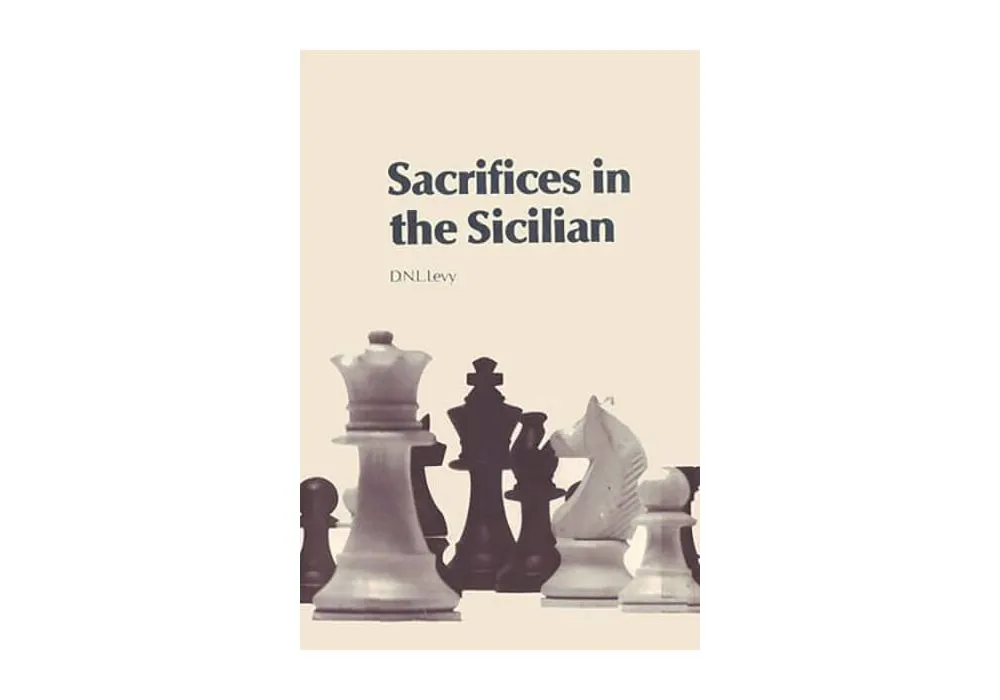
Credit: www.houseofstaunton.com
5. The Pawn Sacrifice
Pawns are the smallest and most numerous pieces on the board, but they can play a significant role in sacrifices. Sacrificing a pawn can create weaknesses in your opponent’s position, open up lines of attack, or create opportunities for your other pieces. Pawns are often sacrificed to gain a strategic advantage or to launch an attack on the opponent’s king.
6. The Exchange Sacrifice
Exchange sacrifices involve giving up a piece, typically a rook or a minor piece, to gain positional or tactical advantages. Players often sacrifice material to disrupt their opponent’s position, create threats, or secure a winning endgame. Exchange sacrifices require careful calculation and foresight but can lead to a winning advantage if executed correctly.
7. The King Safety Sacrifice
In some cases, sacrificing material to improve your king’s safety can be a crucial tactical decision. Players may sacrifice a piece to eliminate threats to their king, create an escape route, or secure a fortress. King safety sacrifices are often used in critical moments of the game to avoid checkmate and turn the tables in your favor.
8. Sacrificing for Stalemate
Stalemate is a rare but valuable outcome in chess, where the player with the advantage is unable to make a legal move. Sacrificing material to force a stalemate can be a strategic way to salvage a draw from a losing position. Sacrificing pieces to reach a stalemate can be a last-resort tactic to avoid a loss and secure a half-point.
Conclusion
Sacrifices are an integral part of chess strategy, requiring players to weigh risks and rewards to gain an advantage over their opponents. Whether sacrificing a queen for a checkmate or sacrificing a pawn to open up lines of attack, strategic sacrifices can be game-changing in chess. By understanding and mastering the art of sacrifices, players can elevate their game and outmaneuver their opponents on the board.

